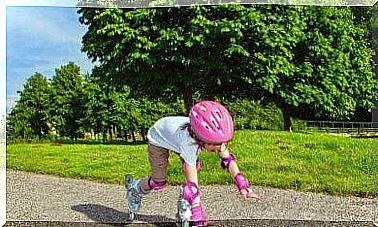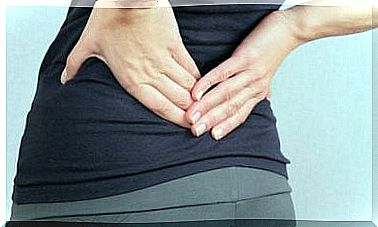Four Possible Causes Of Lower Back Pain
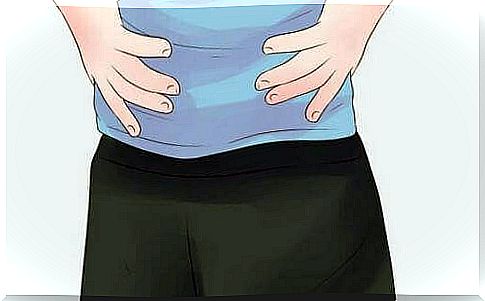
Lower back pain is one of the most common complaints people suffer from today.
Bad posture, sleeping incorrectly or simply making the wrong move can often be the cause of that hard-to-explain, burning sensation at the bottom of your spine.
It is important to point out that younger people are just as likely to suffer from lower back pain as older people, especially those living a sedentary lifestyle or athletes. This form of pain makes no distinction.
We often forget how sensitive this bodily structure actually is. This collection of vertebrae, discs, nerves, ligaments and joints that is the fundamental pillar of our mobility is a very complex part of our body.
If you’ve ever suffered from lower back pain, you probably know very well what we’re talking about.
Let’s take a look at the most common causes of this problem and how we can best counteract this pain.
Lower Back Pain: The Most Common Causes
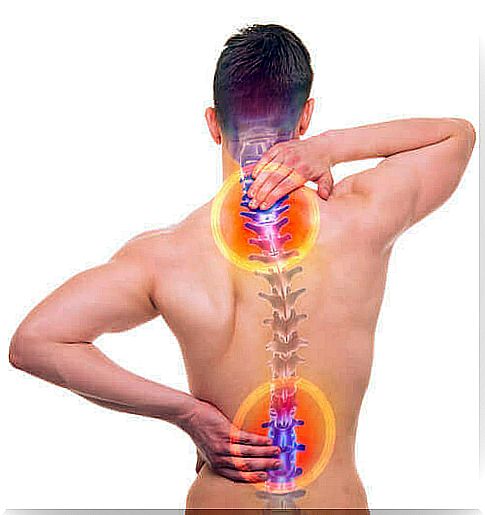
1. Pulled Muscle
Imagine sitting at a desk and turning around to grab something quickly, twisting only your torso and back. You make the movement so fast that you suddenly feel a warm, stabbing pain in your lower back almost out of nowhere. When you wake up the next morning, the pain has only intensified and radiates all the way down your leg and around your waist.
We often strain a muscle when we have rested for a long time or make a sudden movement after a blow.
Symptoms can range from muscle cramps to being unable to move at all. A pulled muscle can also affect inflamed tendons and ligaments.
What is the best way to treat a muscle strain?
- As soon as you feel that you have pulled your muscle, it is important to immediately put ice on it. Then it is best to alternate between heat and cold.
- Rest twenty-four hours. Then you can do various light exercises to regain your mobility.
- Gels or natural treatments containing arnica are really great for this kind of problem as arnica is very anti-inflammatory.
2. Hernia

The intervertebral discs in our spine are actually small sacs that are filled with fluid and act as cushions between the vertebral discs to soften our movements.
In the case of a hernia, where these discs become displaced, you will not only experience a lot of pain, but also tingling and cramping and a small lump will be visible in your back. The pain usually only gets worse the next morning.
Athletes in particular often suffer from hernias.
What is the best way to treat a hernia?
- In order to treat a hernia, you must first get a proper medical diagnosis, as this problem can sometimes be very serious and require surgery.
- In this case, rehabilitation and the help of a good physiotherapist are essential.
3. Voltage

Always working in the same position or having to do heavy physical work where your back has to endure a lot, takes its toll at some point.
Any repetitive pattern or movement, such as continuously turning your upper body to the right, can eventually cause the spinal structure to become compressed or inflamed. And at some point, this can even lead to a very debilitating injury.
What is the best way to treat tension injuries?
There are several ways to treat these types of injuries. These are:
- Massage
- Yoga or swimming
- Corrective back strap
- Watch your attitude
4. Degenerative Joint Diseases
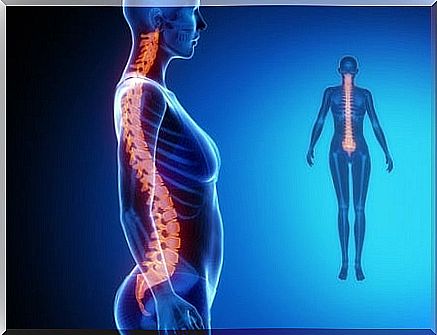
As you get older, the intervertebral discs in your spine become thinner and your joints become more and more compressed. Cartilage becomes less elastic and stiffer and this can eventually lead to osteoarthritis.
Genetic factors, obesity or old injuries can cause this condition to progress slowly.
What is the best way to treat degenerative conditions?
First of all, we must make one thing very clear: these kinds of conditions are incurable and the deterioration cannot be reversed.
What you can do, however, is control symptoms to reduce lower back pain and improve your quality of life.
We recommend doing the following:
- Stay active: When you don’t move enough, your joints become stiff. And sitting for long periods of time only makes the intervertebral discs compress even more.
- Go for a walk or do some other form of exercise every day. There are a lot of great exercises you can do to ease back pain, such as ‘Chi Kung’. This is a Chinese form of exercise in which certain postures are combined with different breathing techniques.
- Consume anti-inflammatory foods, such as foods rich in omega 3 fatty acids.
- Do a few stretches every morning when you wake up .
- Ask your doctor if he thinks vitamin D and magnesium supplements could be helpful. These nutrients can help strengthen your bones and joints.
Whatever the cause of your problem, it’s important to remember that lower back pain requires medical care and attention. We recommend trying all kinds of different forms of therapy, both medicines and physical exercises. In addition, don’t forget to eat well and pay attention to your posture.
Everything you do for your spine will ultimately lead to better health and well-being.



